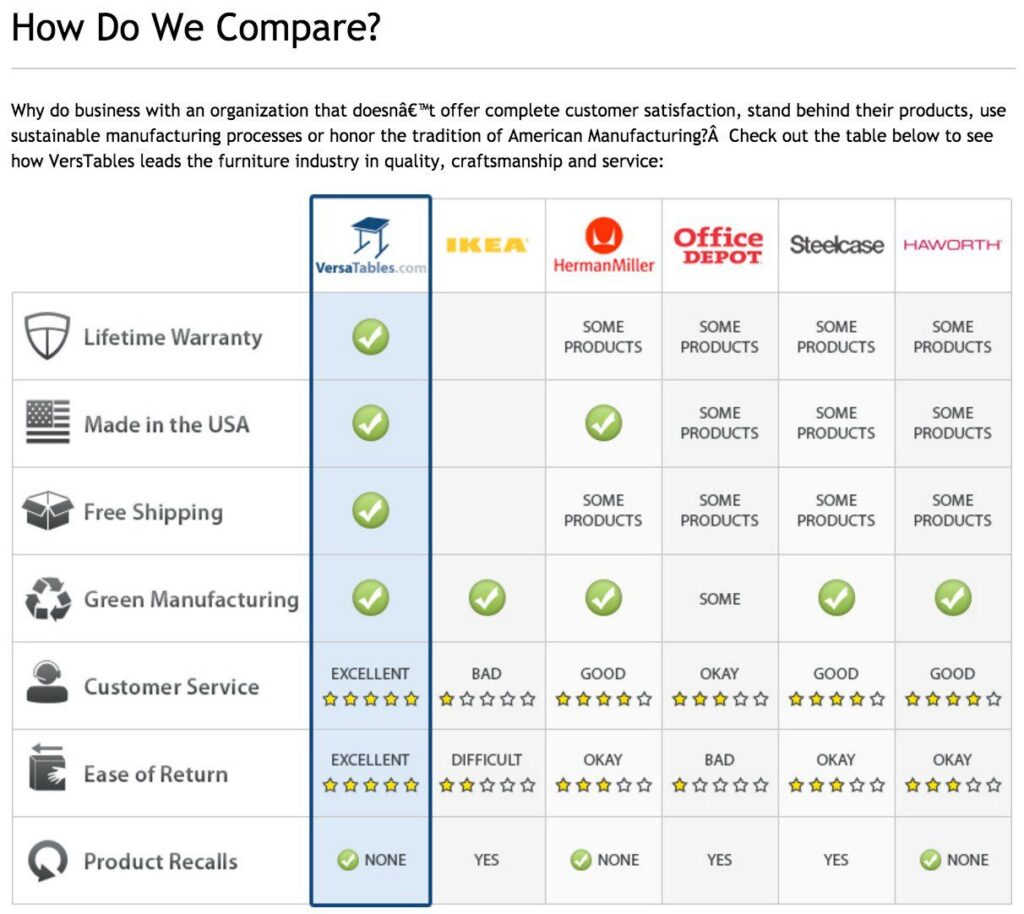In today’s digital landscape, understanding the customer journey is essential for businesses to effectively engage with their target audience. From the initial awareness stage to post-purchase advocacy, each phase requires a unique approach to deliver relevant content that resonates with potential customers. In this post, we will explore how to align your content strategy with the awareness, consideration, decision, retention, and advocacy stages of the customer journey, ensuring a seamless and compelling experience for your audience. It’s about creating and mapping the right content at the right time to drive conversions and business growth.
The Importance of Customer Journey Mapping

Unveiling the Path to Purchase
Customer journey mapping is the process of visualizing the entire customer experience, from the first touchpoint to the final conversion. By gaining insight into a prospective customer’s mindset and decision-making process at each stage, businesses can tailor their content to meet specific needs, pain points, and desires. This comprehensive understanding enables marketers to craft targeted messages that resonate with their audience throughout the buying journey, leading to higher engagement and conversions. (We’ll save how to create buyer personas for a future blog post.)
Nurturing Awareness: Captivating Your Audience
The awareness stage marks the beginning of the customer journey, where potential customers identify a need or problem they wish to address. At this stage, it’s crucial to create content that grabs attention and educates readers about their pain points, while subtly introducing your brand as a potential solution. Blog posts, social media content, and informative videos can serve as effective mediums to generate brand awareness and drive traffic to your website.
During the awareness stage, consider creating educational content such as “5 Key Challenges in [Industry] and How to Overcome Them.” By highlighting common pain points and offering viable solutions to your customer’s needs, you can position your brand as an authority in the field, building trust and credibility with your audience.
Moving into the Consideration Stage: Providing Valuable Insights

As potential customers progress through the sales funnel, they enter the consideration phase, where they actively seek solutions and evaluate available options. At this point, your content should focus on providing valuable insights, showcasing your expertise, and differentiating your brand from competitors.
In-depth Product Comparisons
One effective approach during the consideration stage is to provide in-depth product comparisons. For example, a blog post titled “A Comprehensive Guide to Choosing the Right [Product/Service] for Your Needs” can highlight the unique features and benefits of different options available in the market. By addressing common questions and concerns, you can help readers make informed decisions while subtly positioning your brand as the preferred choice.
Testimonials and Case Studies
Testimonials and case studies are powerful tools to build trust and credibility during the consideration stage. By showcasing real-life success stories and positive customer experiences, you provide social proof that your product or service delivers on its promises. Consider creating content such as “How [Company X] Helped [Customer Y] Achieve [Result Z]” to demonstrate the value and effectiveness of your offerings.
Making the Decision: Convincing Your Audience

Once potential customers reach the decision stage, they are ready to make a purchase or commit to a particular solution. At this critical juncture, your content should focus on overcoming objections, addressing final concerns, and emphasizing the unique value your brand brings.
Limited-Time Offers and Discounts
Creating a sense of urgency and exclusivity can be a persuasive technique during the decision stage. Highlight limited-time offers, discounts, or special promotions that incentivize customers to take action. For example, a blog post titled “Exclusive Discount: Save 20% on [Product/Service] for a Limited Time!” can drive conversions by creating a sense of urgency and value.
Customer Testimonials and Reviews
Customer testimonials and reviews continue to play a crucial role in the decision-making process. Incorporate testimonials throughout your content, emphasizing the positive experiences of satisfied customers. Consider embedding review widgets or showcasing star ratings to provide instant credibility and social proof, reinforcing the trustworthiness of your brand.
Fostering Retention and Advocacy: Building Long-Term Relationships

The buyer’s journey doesn’t end with a single purchase. Retention and advocacy are equally important stages that focus on nurturing existing customers and turning them into brand advocates. By delighting and engaging your audience beyond the transaction, you can create loyal customers who not only repurchase but also recommend your brand to others.
Exclusive Content for Existing Customers
Offering exclusive content to existing customers can be a powerful retention strategy. By providing valuable resources, insider tips, or advanced tutorials, you demonstrate your commitment to customer success. Consider creating a dedicated section on your website or sending regular newsletters with exclusive content tailored to the needs and preferences of your existing customers.
Referral Programs and Incentives
Turning satisfied customers into brand advocates can be accomplished through referral programs and incentives. By rewarding customers for referring their friends, family, or colleagues, you tap into the power of word-of-mouth marketing. Consider implementing a referral program that offers discounts, credits, or exclusive perks to both the referring customer and the new customer, encouraging loyalty and advocacy.
Frequently Asked Questions
How long does the customer journey typically last?
The customer journey’s duration varies depending on the complexity of the purchase decision and the nature of the industry. In some cases, it can be as short as a few minutes, while in others, it may span several weeks or even months. It is crucial to track and analyze your customer journey to understand the specific timelines relevant to your business.
Can the customer journey stages overlap?
Yes, the customer journey stages are not always linear and can overlap. Customers may enter and exit different stages based on their unique needs, preferences, and interactions with your brand. It’s essential to remain flexible and adaptable to accommodate these variations and provide relevant, effective content at every touchpoint.
How can I measure the effectiveness of my content at each stage?
To measure the effectiveness of your content at each stage, you can track various metrics such as website traffic, engagement rates, conversion rates, and customer feedback. Use analytics tools and customer surveys to gain valuable insights into how your content resonates with your audience and drives desired actions.
Should I create different content for each stage of the customer journey?
Yes, creating different content for each stage of the customer journey is crucial to effectively engage your audience. Tailoring your messaging to address specific pain points, provide relevant information, and guide potential customers towards a purchase decision enhances the overall customer experience and increases the likelihood of conversion.
How can I encourage customer advocacy?
To encourage customer advocacy, you can implement strategies such as loyalty programs, referral programs, and social media engagement. Focus on delivering exceptional customer experiences, providing ongoing support, and actively engaging with your customers through personalized communication. By fostering a strong emotional connection and rewarding their loyalty, you can transform satisfied customers into passionate advocates for your brand.
In conclusion, aligning your content marketing strategy with the different stages of the customer journey map is essential for driving engagement, conversions, and long-term loyalty. By creating relevant, informative, and persuasive content at each touchpoint, you can guide potential customers from the awareness stage to becoming brand advocates. Remember to continually analyze and adapt your approach based on customer feedback and market trends, ensuring your content remains impactful and effective throughout the customer journey. As experts in content creation that moves customers through the marketing funnel, Pineapple Digital can develop and implement data-driven content marketing strategies to accelerate your business growth. Connect with us today!
